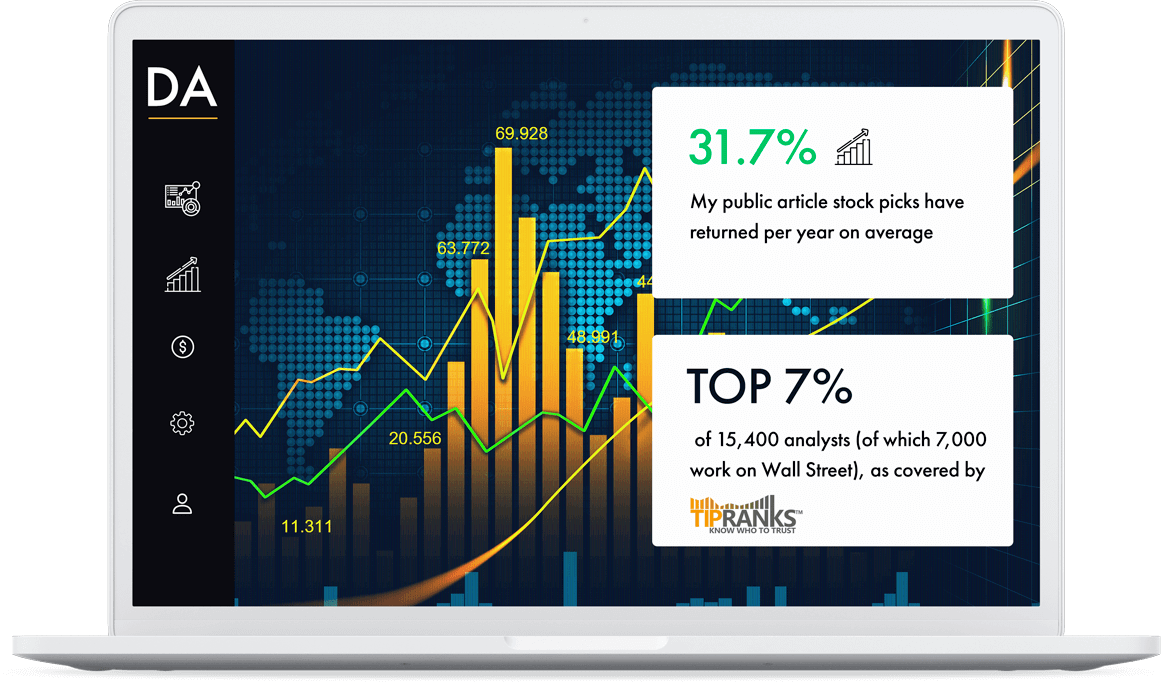This is one of the biggest question that investors grapple with. It has always been a controversial subject in investing. Everybody wants to feel like they are getting a good deal and all investors fear quick, large losses due to buying just before a crash. There is a whole industry built around analysing stock price charts, looking for indicators and trying to predict short-term price movements. However, all this hasn’t resulted in a proven strategy that will tell you when to buy stocks.
Trying to time the market bottom is near impossible. If somebody is claiming to be able to do that consistently – I am very sceptical of it. Often times they are offering a product such as a paid newsletter or trying to make money off fees.
The Sad Statistics of Average Investor Returns
It is well-known that on average, individual investors earn below-average returns.
Study by Dalbar, showed that for the year ending in 2016, the 30-yr annual return for the average investor was 3.98% vs the S&P500’s 30-yr annual return of 10.16%.
Here is a visual representation of $10.000 invested over 30 years using those returns.

That is a huge difference.
It proves that investing in index funds is the best strategy for large majority of investors.
That is largely due to irrational, emotionally-driven investing decisions that are tied to stock price movements.
Types of Emotional Decisions Investors Make
When a stock is making new highs, investors jump on board with no regards to fundamentals. This is done out of fear of missing out (FOMO) on big returns.
On the other hand, if the stock prices are dropping, investors sell out of fear. Only to buy back in later when “things have calmed down”.
As the stock market is a leading indicator, once “things calm down”, investors are buying back in at higher prices.
These cycles of selling at lower levels only to buy back in at higher prices, erode investor returns.
“I Am Waiting For a Crash Before I Invest”
And then there are the “investors” waiting for the market crash.
They are calling for a market crash every year. Like a broken clock that is right twice a day, they sometimes get their wish. Markets do drop from time to time, it’s normal. However, there is an opportunity cost to pay for waiting. Sitting on cash, that is losing its value every year due to inflation.
Looking at the current bottom of the 2020 crash, S&P500 was still higher than that point 3 years ago!
If you have been waiting for a crash throughout the business cycle and finally put it to work now after the crash – you are still performing worse then buy-and-hold investors.
Investors that have stayed invested, have also received dividends. By re-investing the dividends, their wealth has compounded even faster.
“Surely The Markets Will Drop More Now?”
Avoiding market timing is especially important during current times. Economies around the world are suffering from coronavirus-induced turmoil. Stock markets are extremely volatile as investors try to factor in the many uncertainties.
When I write that I’ve been buying stocks, often I get comments such as :
“Why are you buying now? “
“Wouldn’t it be better to wait when the market drops 20% from current levels?”
Well, nobody knows in what direction and magnitude the market will move in the near future
My Plan When to Buy Stocks
What I can do with conviction, is sticking to my investment plan.
If I buy a fairly-valued quality company that grows its earnings over time and rewards me with dividends, it makes very little difference if I bought it at 20-30% higher or lower.
In the long run, companies dividends and stock prices are driven by earnings growth.
If my thesis plays out the way I see it through my analysis – I will be rewarded down the line through growing dividends and higher stock prices as the company keeps growing its earnings. Doesn’t matter if the stock price drops big in the meantime.
The most important thing, is to find truly great companies.
To analyse companies, I start my research with 13-Step Checklist that can be found here and then I dig deeper into the financials.
Put the majority of your investing effort into finding quality companies. This will serve you better than obsessing over price movements. If you research a company and understand its business, it will also give you the conviction to hold it through thick and thin.
Valuation as a Guide When to Buy Stocks
That doesn’t mean you should pile your money into stocks regardless of valuation.
Valuation is the process of determining the value of the company’s stock.
It is usually expressed with a ratio that compares the stock price to the company’s profits or cash flows.
Commonly used ratios
The most common ratio used for valuation is the P/E ratio.
It’s calculated by dividing the share price by EPS(earnings per share).
If the stock price is $150 per share and the company’s earnings are $10 per share its P/E ratio is 15. $150/10 = 15
That means if you purchase this stock, you are paying 15 times earnings for it.
To give a better understanding, let’s use the inverse of the P/E ratio. Earnings divided by profits (E/P) is also called “Earnings Yield”
Earnings yield is the earnings per share divided by the current share price. At the same earnings of $10 per share and stock price of $150 the earnings yield is 10/150= 0.66 = 6.6%. This is the percentage of earnings you are getting per share at current prices.
As a dividend investor, it’s important to focus on cash flows. Since cash flows are what dividends are paid out of.
Free cash flows is the actual cash the company has left over after making all the necessary expenses to keep the company running. Earnings has some non-cash charges in there such as depreciation and amortization.
Similarly to P/E and Earnings Yield , we can use the free cash flow and the stock price to calculate valuation ratios.
Price divided by free cash flow gives us P/FCF.
Free Cash Flow Yield is free cash flow divided by the share price.
All those ratios give us a snapshot in the current moment. They don’t account for the growth in earnings.
That’s where PEG can be used. The PEG ratio is the P/E ratio divided by earnings growth rate.
Earnings of $10 per share that are growing at 8% per year and a stock price of $150 gives us a PEG ratio of 1.87.
To value the company based on the long term earnings, Shiller PE or CAPE ratio is a good ratio to use. It is the cyclically adjusted P/E ratio. CAPE ratio takes the company’s average earnings over 10 years and adjusts them for inflation. It then compares it to the current stock price.
There are many ways to value a company’s stock price. It is not a precise science, rather a guide.
On their own, valuation ratios don’t tell us much.
Those ratios need to be compared to the company’s own averages and against other companies in the same sector. Also against the market as a whole. However, it gives a good overview of the how much earnings or cash flows investors are getting per share at a particular moment in time.
It is important to know, that the stock market is just a market of stocks. If you hear news that the “markets are crashing” it means that the broad indexes are down. That says absolutely nothing about the business performance of the underlying businesses. This needs to be evaluated through fundamental analysis.
Summary
Trying to jump in and out of the markets is not an actionable strategy. Waiting for the “perfect” time when to buy stocks has proven to be a poor investing decision as well. Investors focus should be on identifying quality companies that have a good chance to grow their earnings over time. Growing earnings will eventually show up in increasing dividends and higher stock prices. When buying shares in those companies at reasonable valuations, investors are setting themselves up for success.
Disclaimer: This is NOT a recommendation to buy or sell any shares. You can lose a part of or all your invested capital.I am not responsible for the accuracy of any of the figures presented in the article. I am not a financial professional of any kind. Any stock transactions or analysis published should NOT be considered to be investing recommendations. Before making any investing or financial decisions, contact an appropriate professional.This website should be viewed for entertainment purposes only.






